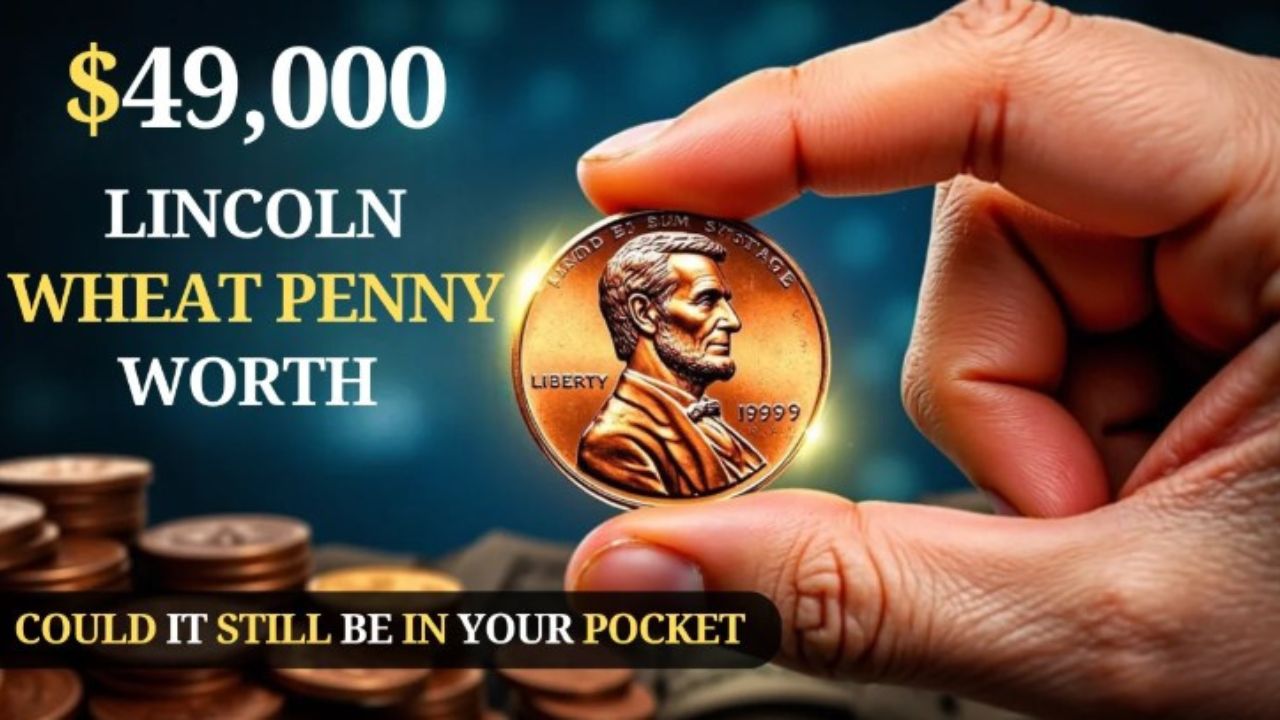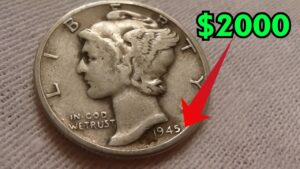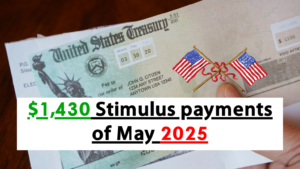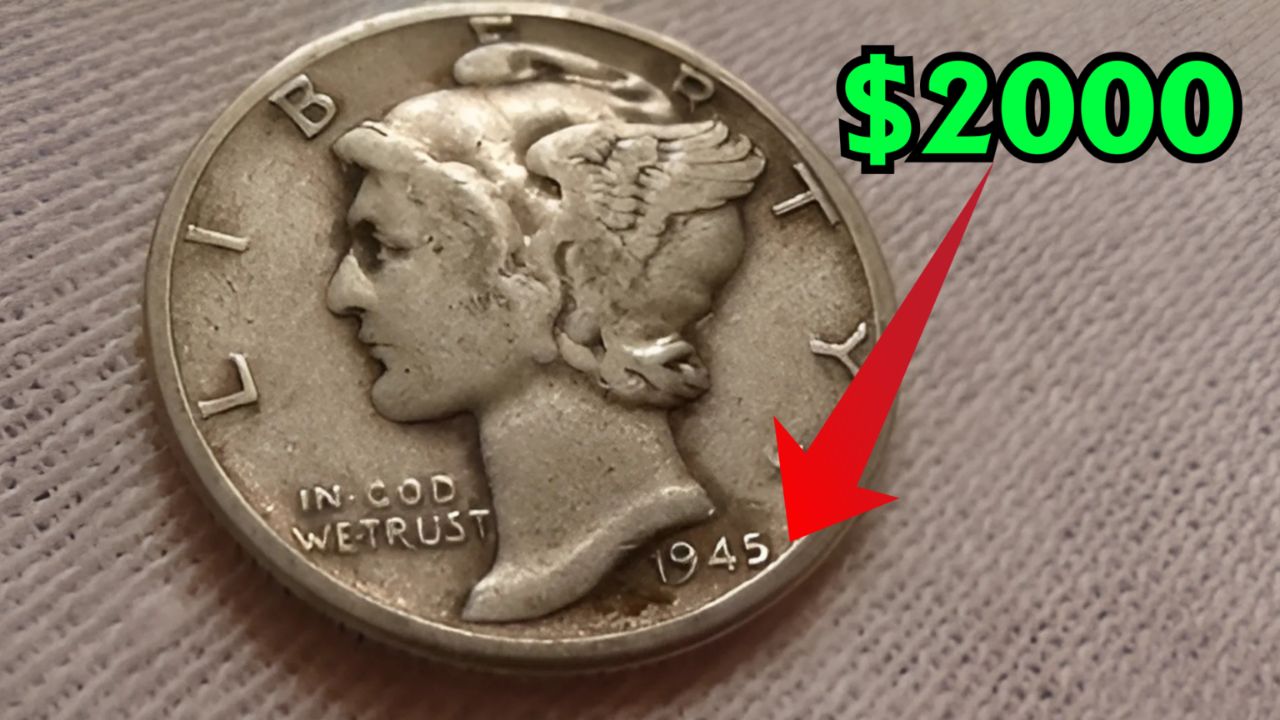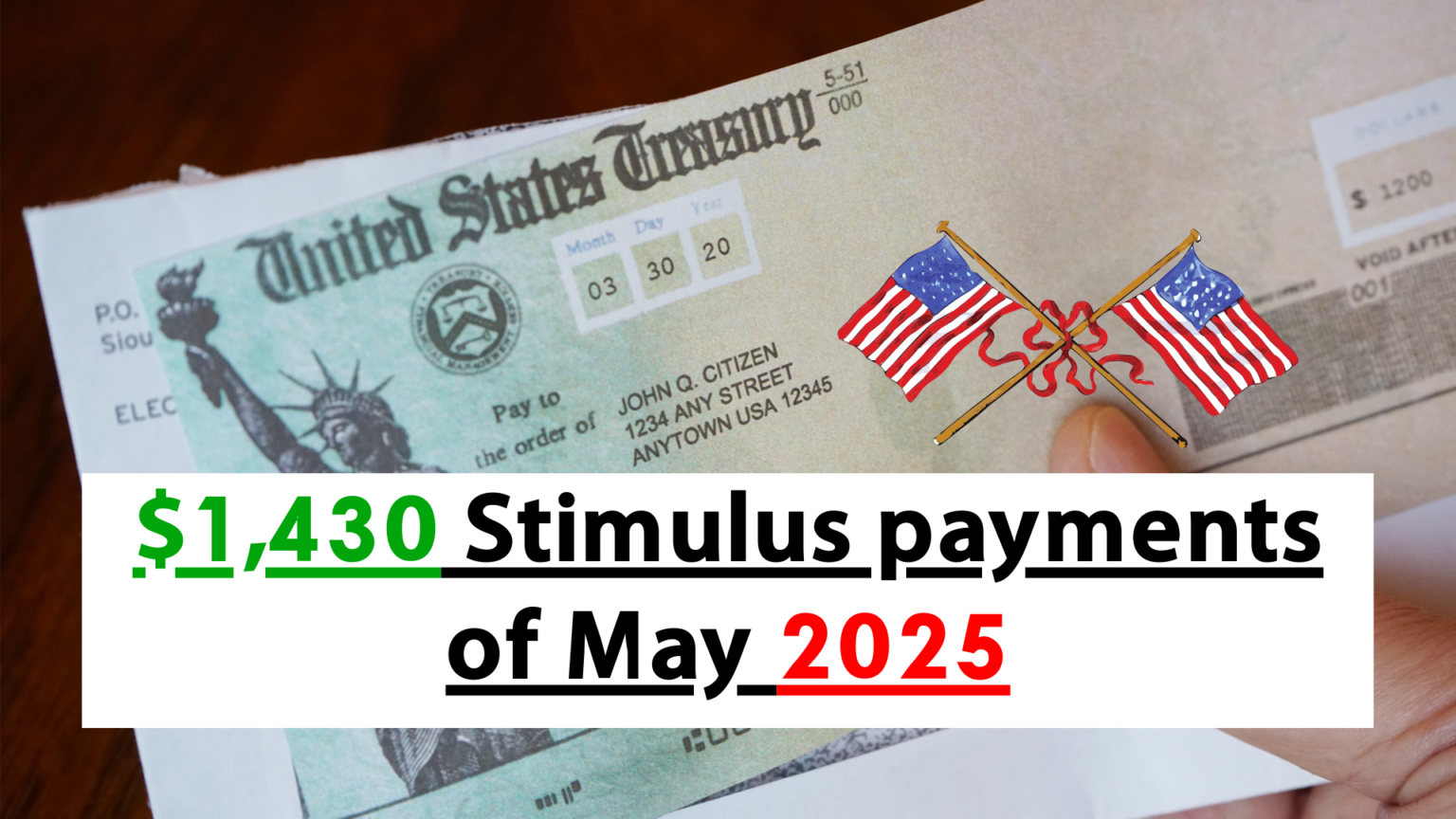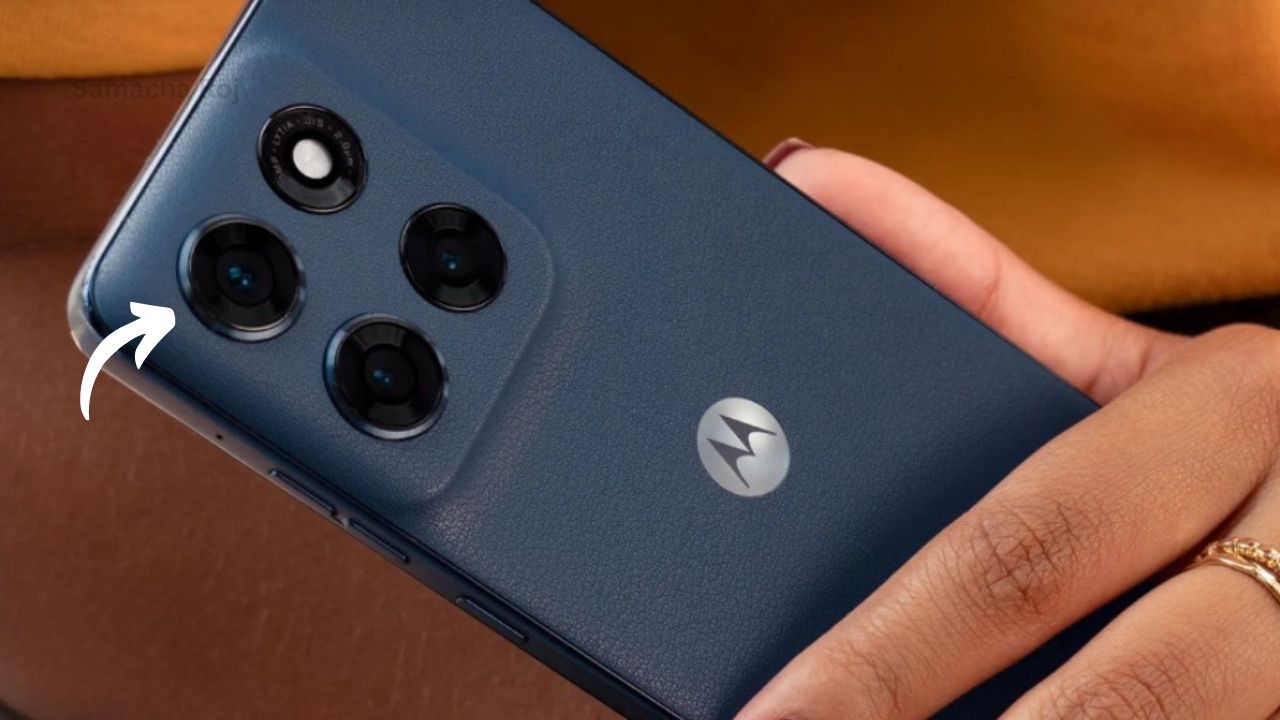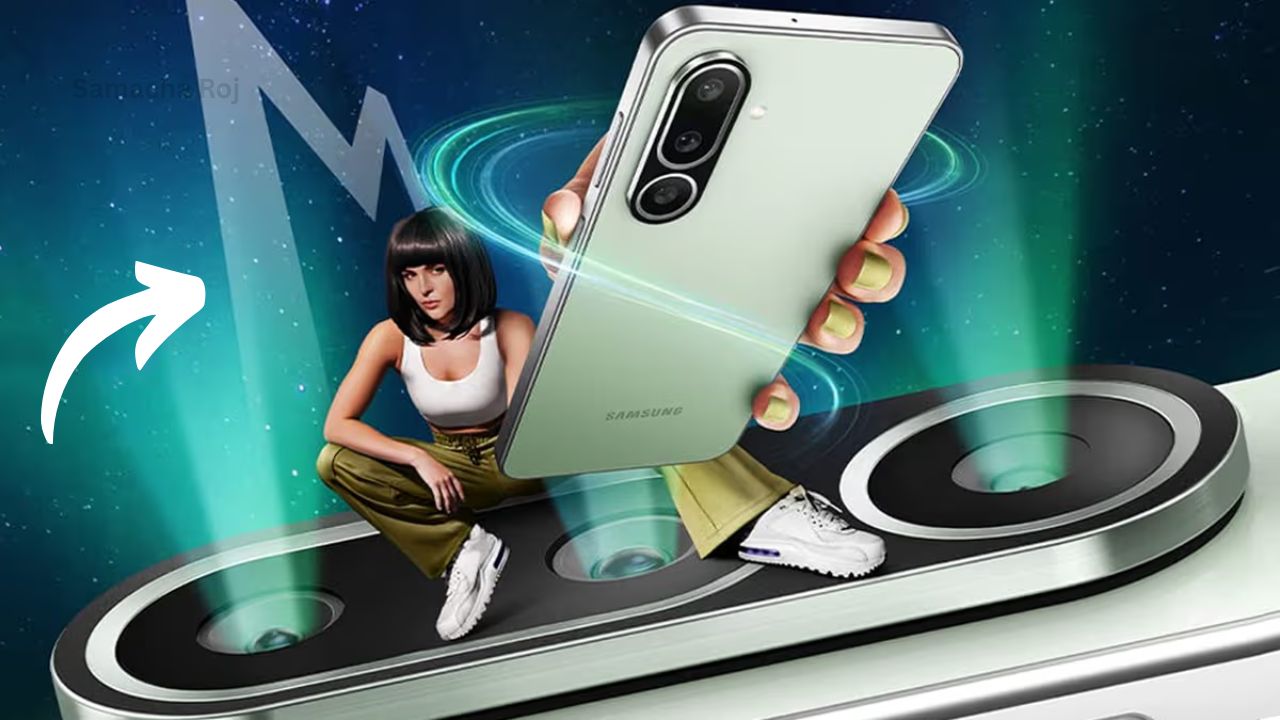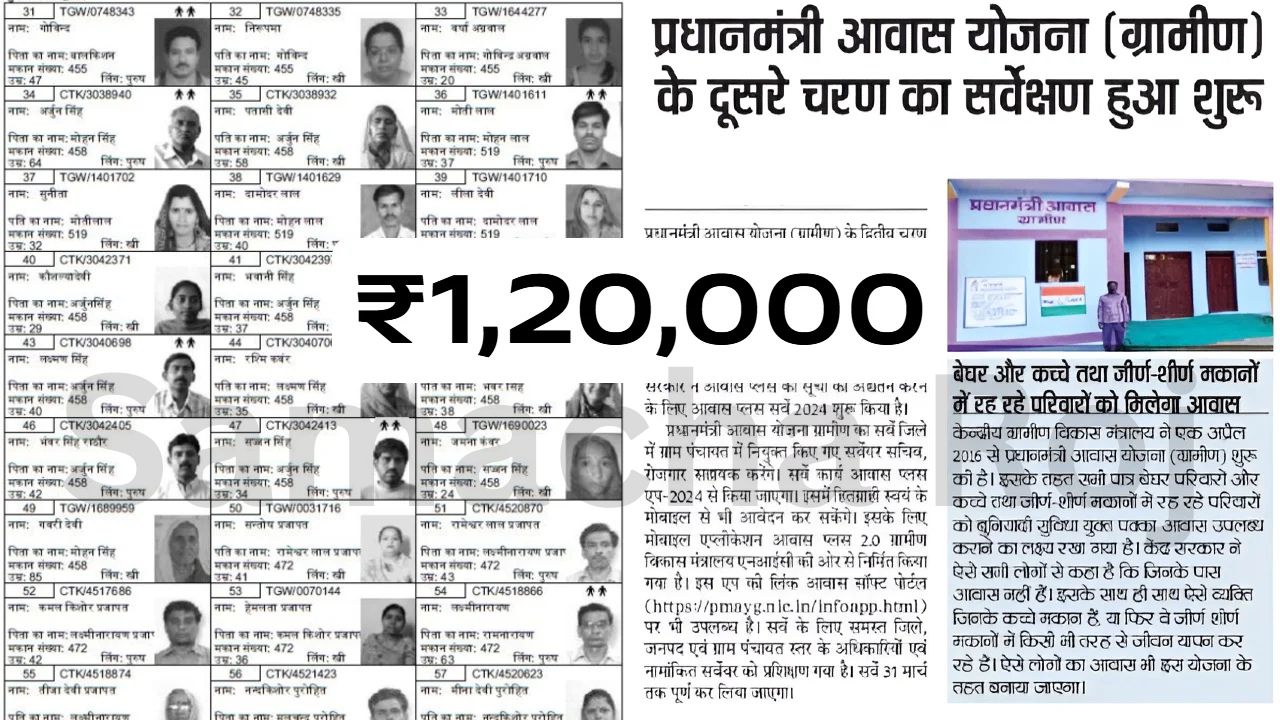Have you ever tossed a penny into a jar without a second glance? Most of us have. Pennies seem like pocket clutter, barely worth the effort to pick up off the sidewalk. But what if one of those unassuming coins was worth $49,000—or more? The Lincoln Wheat Penny, a coin minted from 1909 to 1958, has sparked treasure-hunting fever among collectors and everyday folks alike. Some rare versions of this penny are so valuable they’ve sold for jaw-dropping sums at auctions. Could one be hiding in your change jar, piggy bank, or even your pocket?
In this article, we’ll dive into the fascinating world of the Lincoln Wheat Penny, uncover why certain ones are worth a fortune, and share tips on how to spot a potential goldmine. With real-life stories, expert insights, and practical advice, you’ll be ready to start your own coin-hunting adventure. Let’s get started!
What Is the Lincoln Wheat Penny?
The Lincoln Wheat Penny, often called the “Wheatie,” is a one-cent coin that holds a special place in American history. First minted in 1909 to celebrate Abraham Lincoln’s 100th birthday, it was the first U.S. coin to feature a real person instead of a symbolic figure like Lady Liberty. Designed by sculptor Victor David Brenner, the coin showcases Lincoln’s profile on the front (obverse) and two wheat stalks framing “ONE CENT” on the back (reverse).
Minted for nearly half a century, billions of these pennies flooded into circulation. Most are worth just a cent or two today. But a handful of rare varieties—due to minting errors, low production numbers, or historical quirks—can fetch thousands, including some valued at $49,000 or more. The thrill of finding one is like discovering buried treasure in your couch cushions.
Why Are Some Lincoln Wheat Pennies So Valuable?
Not every Wheat Penny is a jackpot, but certain factors make specific ones collector’s gold. Here’s what drives their value:
Rarity and Low Mintage
Some years and mint locations produced fewer coins, making them scarce. For example, the 1909-S VDB penny, with only 484,000 minted, is a holy grail for collectors. Low supply plus high demand equals big bucks.
Minting Errors
Mistakes during production created some of the most sought-after pennies. Think doubled lettering, missing mint marks, or coins struck on the wrong metal. These quirks are like rare typos in a first-edition book—collectors go wild for them.
Historical Significance
Coins from pivotal moments, like World War II, carry extra weight. In 1943, most pennies were made of steel to save copper for the war effort, but a few were mistakenly struck in bronze. These errors are among the priciest Wheat Pennies ever sold.
Condition Matters
A penny’s condition can make or break its value. Coins graded as “Mint State” (MS) with no wear are worth far more than those scratched or faded. A shiny, pristine penny could be your ticket to $49,000.
The $49,000 Lincoln Wheat Penny: What to Look For
So, which Lincoln Wheat Pennies could be worth $49,000? While exact values depend on condition and market trends, here are some standout candidates known for fetching high prices:
1909-S VDB: The King of Wheat Pennies
This penny, minted in San Francisco (look for the “S” under the date), features Brenner’s initials “VDB” on the reverse. Public outcry over the prominent initials led the Mint to halt production, making it ultra-rare. In top condition, a 1909-S VDB can easily hit $49,000 or more.
1955 Doubled Die Obverse
This error coin has a noticeable doubling effect on the date and lettering, like a blurry photo. It’s one of the most famous Wheat Penny errors, and collectors pay $20,000 to $50,000 for high-grade examples. Even circulated ones can fetch thousands.
1943 Bronze Penny
During World War II, pennies were supposed to be steel, but a few bronze ones slipped through. Only 10-15 are known to exist, and their value soars into the millions for pristine specimens. While a $49,000 sale would be on the low end, it’s still a dream find.
1914-D: A Low-Mintage Gem
Minted in Denver (check for the “D” mint mark), only 1.2 million of these were produced. In excellent condition, a 1914-D penny can command $30,000 to $50,000, depending on its grade.
Real-Life Stories: Pennies That Changed Lives
The idea of finding a valuable penny sounds like a fairy tale, but it’s happened before. Take Don Lutes Jr., a Massachusetts teenager who received a 1943 bronze penny in his high school cafeteria change in 1947. He kept it for decades, unaware of its rarity. After his death in 2018, the coin sold at auction for $204,000. Stories like this fuel the excitement—ordinary people stumbling upon extraordinary treasures.
Another tale comes from a woman in Texas who inherited a jar of old coins from her grandfather. While sorting through them, she noticed a shiny 1909-S VDB penny. After professional grading, it was valued at $48,000. These stories remind us that valuable coins can turn up in unexpected places, from flea markets to family heirlooms.
How to Spot a Valuable Lincoln Wheat Penny
Ready to check your change? Here’s a step-by-step guide to spotting a potential $49,000 penny:
Step 1: Check the Date
Look for key years like 1909, 1914, 1922, 1931, 1943, 1944, or 1955. These are associated with rare varieties or errors.
Step 2: Find the Mint Mark
Under the date, look for a small letter: “S” for San Francisco, “D” for Denver, or no mark for Philadelphia. Coins from San Francisco and Denver are often more valuable.
Step 3: Inspect for Errors
Use a magnifying glass to check for doubled lettering, missing mint marks, or unusual colors. For 1943 pennies, try a magnet test—steel pennies stick, but rare bronze ones don’t.
Step 4: Assess Condition
Is the penny worn or shiny? Clear details and original luster boost value. Avoid cleaning coins, as it can damage them and lower their worth.
Step 5: Get It Graded
If you suspect you’ve found a rare penny, consult a professional grading service like PCGS or NGC. They’ll authenticate and assign a grade, which determines its market value.
Where to Find Lincoln Wheat Pennies
Wheat Pennies are still out there, waiting to be discovered. Here are some places to start your hunt:
- Pocket Change: Though rare, Wheat Pennies occasionally appear in circulation.
- Coin Rolls: Buy rolls of pennies from banks and search through them.
- Flea Markets and Estate Sales: Old coin collections often hide gems.
- Family Heirlooms: Check inherited jars or albums for forgotten treasures.
- Coin Shops: Reputable dealers can help you find specific varieties.
Expert Tips for Coin Collectors
I spoke with Sarah Miller, a numismatist with over 20 years of experience, who shared some wisdom for aspiring collectors. “Patience is key,” she says. “Don’t expect to find a $49,000 penny overnight, but learn to spot the signs—dates, mint marks, errors. And always get a second opinion before selling.” She also recommends joining coin clubs or online forums to connect with other enthusiasts and stay updated on market trends.
Sarah’s top tip? “Focus on quality over quantity. A single high-grade penny is worth more than a jar of common ones.” Her advice underscores the importance of knowledge and persistence in the hunt for valuable coins.
The Thrill of the Chase
There’s something magical about coin collecting. It’s not just about the money—it’s the stories behind each penny, the history they carry, and the thrill of discovery. Imagine holding a coin that circulated during the Great Depression or World War II. Every scratch and shine tells a tale. And who knows? Your next handful of change could hold a $49,000 surprise.
So, next time you empty your pockets, take a moment to look closely. That “worthless” penny might just be a ticket to a life-changing payday. Happy hunting!
FAQ: Lincoln Wheat Penny Questions Answered
What makes a Lincoln Wheat Penny valuable?
Rarity, minting errors, historical significance, and condition drive value. Key dates like 1909-S VDB or 1943 bronze pennies are especially prized.
How can I tell if my penny is rare?
Check the date, mint mark, and look for errors like doubled lettering. Use a magnet for 1943 pennies—bronze ones don’t stick.
Where can I sell a valuable penny?
Auction houses (like Heritage Auctions), coin dealers, or online platforms (eBay, Stack’s Bowers) are good options. Get it graded first for authenticity.
Are all old pennies worth money?
Not all. Most Wheat Pennies are worth a few cents, but specific rare varieties can fetch thousands or more.
Can I clean my penny to increase its value?
No! Cleaning can damage the coin and lower its value. Leave it as is and consult a professional.

